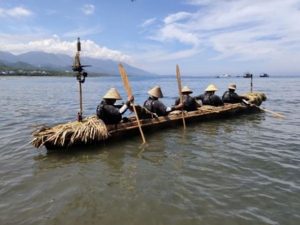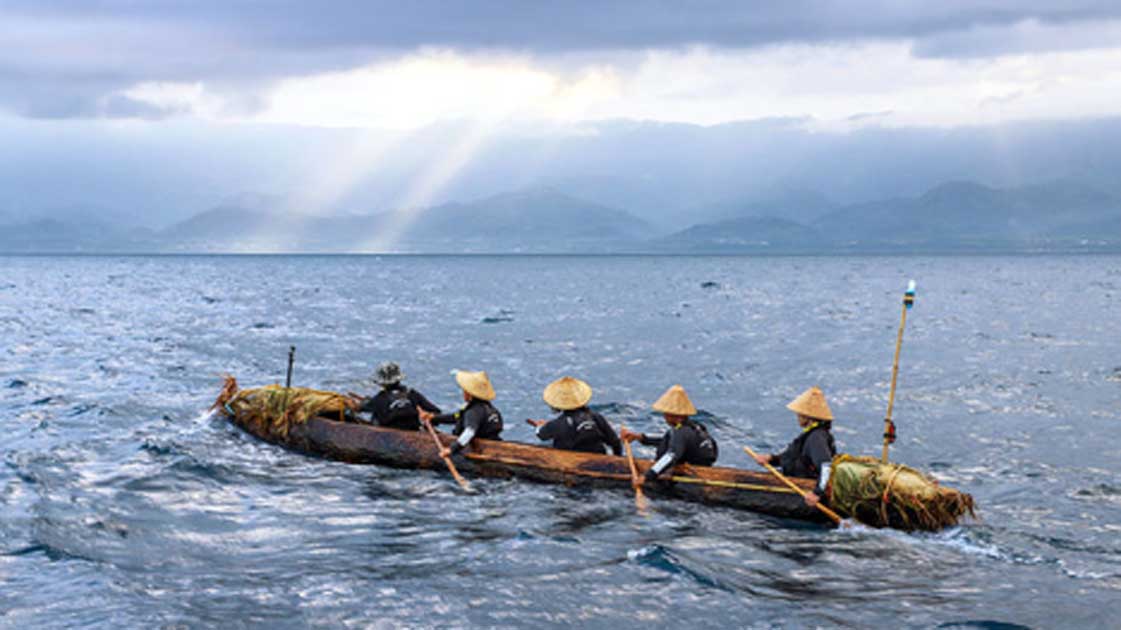A brave Japanese and Taiwanese rowing team has successfully replicated a 32,000-year-old ancient sea migration route in a traditional dugout canoe.

After two failed attempts on Sunday afternoon, one Taiwanese man, three Japanese men, and one Japanese woman boarded their 7.6-meter-long, 70-centimeter-wide (24.93-ft.-long by 27.56-inches-wide) wooden canoe and paddled 200 kilometers (125 miles) from Taitung County, southeastern Taiwan, to Yonaguni Island, Okinawa. Over two days and nights, remaining loyal to the ancient archaeological nature of their project, the team calculated latitude at sea with the sun, their course by the stars, and they gauged wind speed and direction for their bearings.
This project was one of several similar voyages signed in 2017 between Japan’s National Museum of Nature and Science and Taiwan’s National Museum of Prehistory. Team leader, Yosuke Kaifa, told Japanese reporters that archaeologists think early humans migrated to Japan using three routes and one the one they chose is known as the Black Stream, flowing from the Philippines northeastward past Japan. He added that the project “intended to shed light on how difficult the journey would have been.”
more at ancient-origins.net
Ask me anything
Explore related questions





